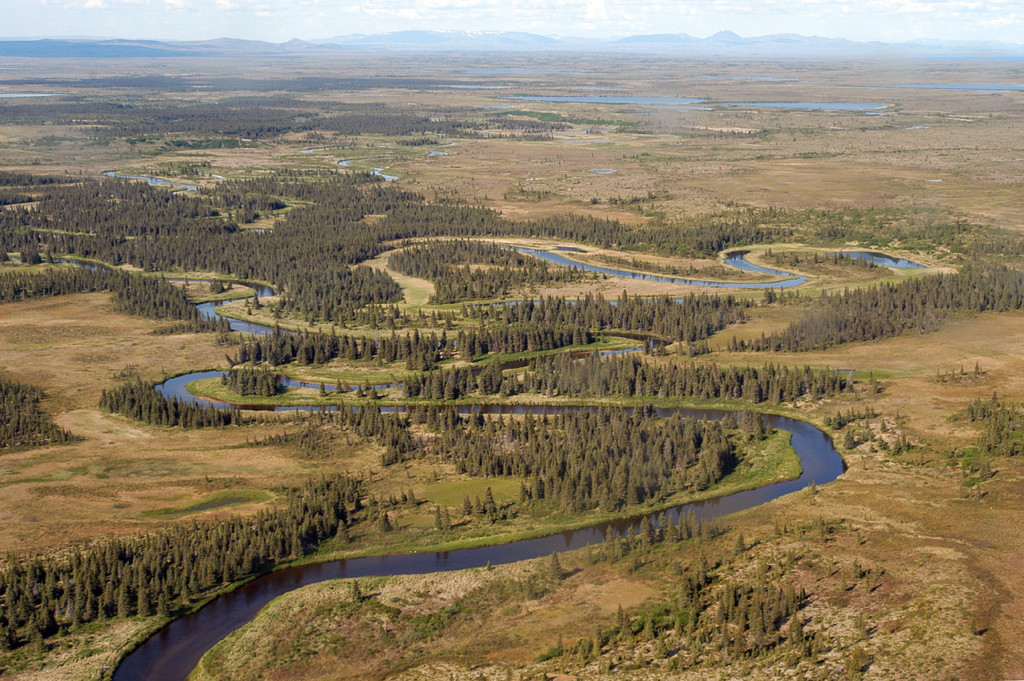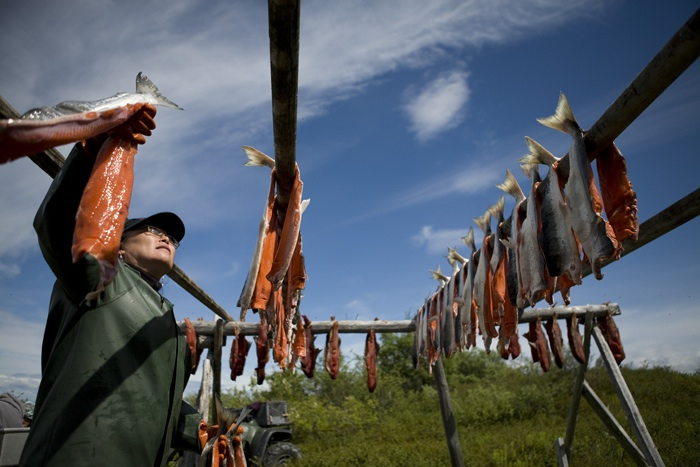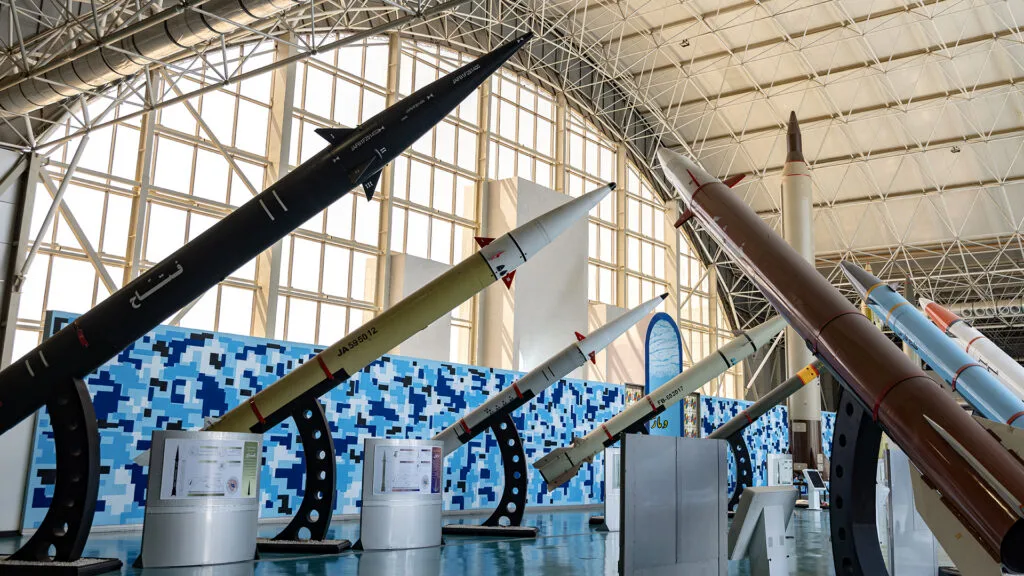EPA Takes Step to Restrict Pebble Mine Project in Alaska

March 3, 2014
Share
The Environmental Protection Agency has moved to short-circuit the development of a massive copper and gold mine in Alaska’s Bristol Bay watershed in order to safeguard the world’s largest sockeye salmon fishery from what it calls “significant and irreversible harm.”
Under a rarely used provision of the Clean Water Act, the EPA on Friday initiated a process that could ultimately lead to restrictions or even an outright ban on mining in Bristol Bay. The announcement does not mean the Obama administration has issued a final ruling on the project, but it does prevent the U.S. Army Corps of Engineers from issuing — at least for now — the permits necessary to begin mining.
“Extensive scientific study has given us ample reason to believe that the Pebble Mine would likely have significant and irreversible negative impacts on the Bristol Bay watershed and its abundant salmon fisheries,” EPA Administrator Gina McCarthy said in a statement. “This process is not something the agency does very often, but Bristol Bay is an extraordinary and unique resource.”
The EPA’s decision comes four years after the agency began examining the potential environmental impact of the proposed Pebble Mine. While the fight over the project has generated less attention than more high-profile projects such as the Keystone XL pipeline, the environmental debate has been no less intense. Bristol Bay’s copper and gold deposits have been valued as high as $500 billion, but conservationists argue that the project is too great a risk to a habitat that is home to roughly 50 percent of the world’s sockeye salmon.
The Pebble Limited Partnership, which is leading development of the site, has outlined plans for an open-pit mine as much as 2 miles wide and 1,700 foot deep. The project also calls for tailings ponds capable of holding billions of tons of mining waste.
Local tribes say the project would pollute a fishery that currently generates an estimated $480 million in annual revenue, and in January an EPA report found that “depending on the size of the mine … 24 to 94 miles of salmon-supporting streams and 1,300 to 5,350 acres of wetlands, ponds, and lakes would be destroyed.”
Pebble Limited Partnership called the EPA’s decision “premature and unprecedented.”
“We remain confident in our project and our position,” said Tom Collier, the firm’s CEO. “The EPA’s actions … are an unprecedented federal action and reflect a major overreach onto an asset of the State of Alaska.”
The EPA decision is only the latest in a string of recent setbacks for the Pebble Partnership, which has yet to submit a final proposal for the mine. In September, the mining giant Anglo American announced its withdrawal from the project after investing six years and at least $541 million. Anglo said it was leaving the Pebble project to focus on investments with less risk.
Three months later, the mining giant Rio Tinto informed the partnership’s remaining member, Canada’s Northern Dynasty Minerals, it was reviewing its stake in the firm after major investors voiced concern about the project’s potential environmental implications.
It may take up to a year before the EPA announces its final ruling on Pebble Mine. In the meantime, voters in Alaska will have an opportunity to weigh in on the project through a ballot initiative that would require legislative approval for large-scale mining operations in the Bristol Bay region. The vote is scheduled for August.

Related Documentaries
Latest Documentaries
Related Stories
Related Stories
Explore
Policies
Teacher Center
Funding for FRONTLINE is provided through the support of PBS viewers and by the Corporation for Public Broadcasting, with major support from Ford Foundation. Additional funding is provided the Abrams Foundation, Park Foundation, John D. and Catherine T. MacArthur Foundation, Heising-Simons Foundation, and the FRONTLINE Trust, with major support from Jon and Jo Ann Hagler on behalf of the Jon L. Hagler Foundation, and additional support from Koo and Patricia Yuen. FRONTLINE is a registered trademark of WGBH Educational Foundation. Web Site Copyright ©1995-2025 WGBH Educational Foundation. PBS is a 501(c)(3) not-for-profit organization.




















